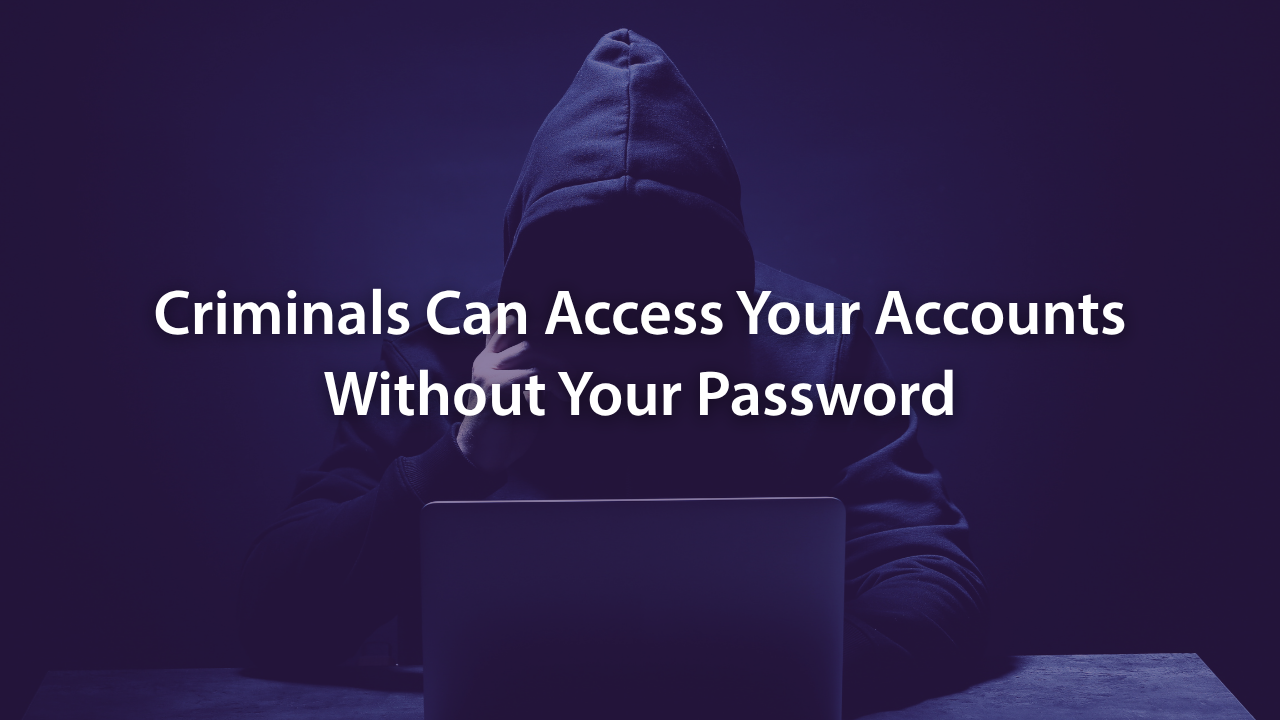
Have you ever felt like just when your cybersecurity is dialed in, something new pops up to throw a wrench in your plans? That’s exactly what’s happening right now.
There’s a new scam making the rounds, and it’s catching out businesses of all sizes.
The most alarming part? Cybercriminals do not even need your password.
This scam is called device code phishing. It is a clever trick that is becoming more common. Microsoft recently flagged a surge of these attacks, and odds are we will see even more.
This works differently from the usual phishing scams you may have heard about. Most phishing tries to trick you into typing your username and password on a fake website.
Device code phishing takes a smarter approach.
Scammers get you to give up access to your account willingly. They use real Microsoft login pages, so everything looks legit.
It usually starts with a convincing email. Maybe it looks like it’s from your HR team or a coworker, inviting you to a Microsoft Teams meeting. You click the link, and it takes you to a real Microsoft login screen.
Nothing seems out of place.
Then you are asked to enter a short code, called a “device code,” that comes in the email. You are told you need it to join the meeting or finish logging in.
Here’s the trick: By entering that code, you are not logging yourself in. You are logging them in.
Without realizing it, you are giving the attacker access to your Microsoft account on their own device. Because the login goes through official Microsoft channels, it can even get past multi-factor authentication.
So even if you have extra security in place, they might still get in.
Once they are in, they can do a lot of damage. They can read your emails, access your files, and even use your account to fool others in your company. It is like handing over the keys to your office without realizing it.
This attack is dangerous because it does not look suspicious. You are on a real Microsoft site. You did not click a sketchy link or type your password into a fake page. Everything seems above board, but it is not.
Traditional security tools might not catch it because attackers are using legitimate Microsoft login flows.
Plus, once they are in, they can keep access. If they have captured your session token (which is a kind of digital pass that keeps you logged in), even changing your password might not kick them out right away.
So how can you protect your business?
Start by reminding your team to be extra careful with login requests, especially those involving codes. If you receive a device code from someone, stop and ask: Did I request this? Am I sure this is legit?
If you are unsure, do not move forward. Use another method, like a phone call or your company’s messaging app, to double-check with the sender.
Remember, real Microsoft logins do not involve anyone else giving you a code to enter. If you see this, that is a red flag.
On the technical side, your IT team or provider can tighten things up. If your business does not need device code login, it is safer to turn it off altogether. They can also set up security rules to only allow logins from trusted locations or devices.
Most importantly, keep training your team. Staying sharp and aware is one of the best defenses. If your people know what to watch for, they are much less likely to fall for these tricks.
Need help making your security stronger? We are here to help. Reach out any time.
